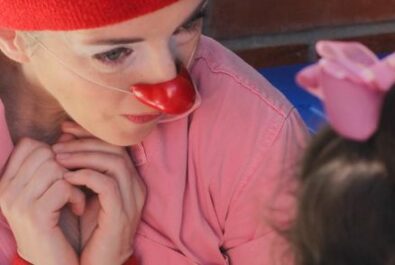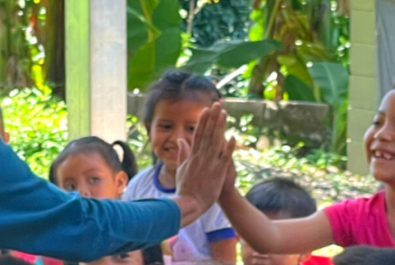Check out our April 20-28 tour in the Bay Area of the United States!
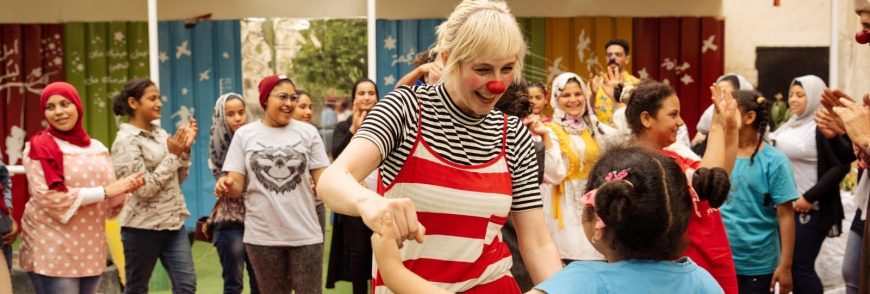
5 Groups of Displaced Kids in Cairo, Egypt You Want to Meet
Who is displaced in Cairo?
This tour, more than any other this year, challenged our concept of displacement.
Unlike other locations where refugees and migrants live in formal camps (such as Zimbabwe), Cairo’s displaced are integrated into the city. Integrated groups of refugees and migrants face barriers to engagement, including well-founded fears of discrimination.
In this post, we’ll introduce you to five groups of children who live in Cairo and are displaced. We think you’ll fall in love with them just as we have.
But first, let’s talk about how we connected with displaced kids in Cairo.
GPS Can’t Help You Here: Connecting with Displaced Kids in Cairo
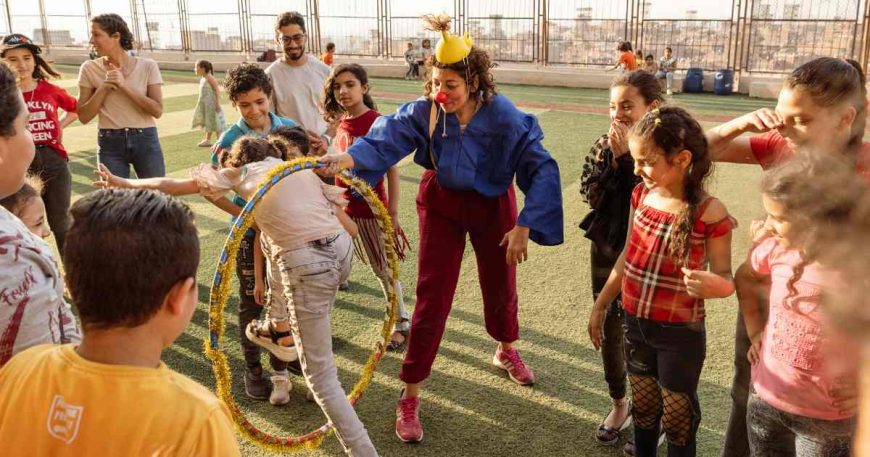
Connecting with displaced children diffused throughout a city of 22 million? We couldn’t have done it without these two entities.
First, our funding partners and individual supporters understand that displacement and discrimination overlap. This gave us the flexibility to connect with people with diverse experiences.
On the ground, our partner Nahda Arts School for Social Theatre (NAS) did an incredible job making necessary arrangements, including coordination with local community organizers.
Egypt hosts more than 270,000 registered asylum-seekers and refugees from 65 countries. The majority are from Syria, followed by Sudan, South Sudan, Eritrea, Ethiopia, Yemen, and Somalia.
NAS and CWB artists from the US co-created an original performance, which was performed 16 times for 1,990 people in locations throughout the Egyptian capital.
Here are five groups the team performed for:
1. From Garbage to Giggles: The Zabbaleen Kids
We performed a show in the settlement of the Zabbaleen, an Egyptian Arabic word that means “garbage collectors.”
The Zabbaleen, which includes generations of migrants, have long faced stigma and discrimination for their traditional role as garbage collectors and recyclers.
Despite their valuable contribution to managing the city’s waste, they continue to be marginalized and excluded from mainstream society.
Zabbaleen moms wanted to go to the show but couldn’t get it approved by their supervisor, so only the kids came.
We made videos and sent them to the moms. They loved it!
The moms said they wished they could have gone, but it was worth it to see their children so happy.

2. What’s “Better than School” at this Leper Colony?
The enduring stigma of leprosy has been hard for some cultures to shake, and that includes Egypt.
Even though modern medicine has made it possible to cure leprosy with antibiotics and it’s not contagious via casual contact, leper colonies still exist in Egypt.
The term [leprosy] has been so heavily stigmatized that it has become synonymous with abandonment, social isolation, and condemnation to a lifetime at the margins of society.
Because children and adults are forcibly separated from their families and isolated from their community, CWB considers this displacement.
The best thing we heard from a child at a Cairo leprosy colony?
“This is so much fun and better than school!”
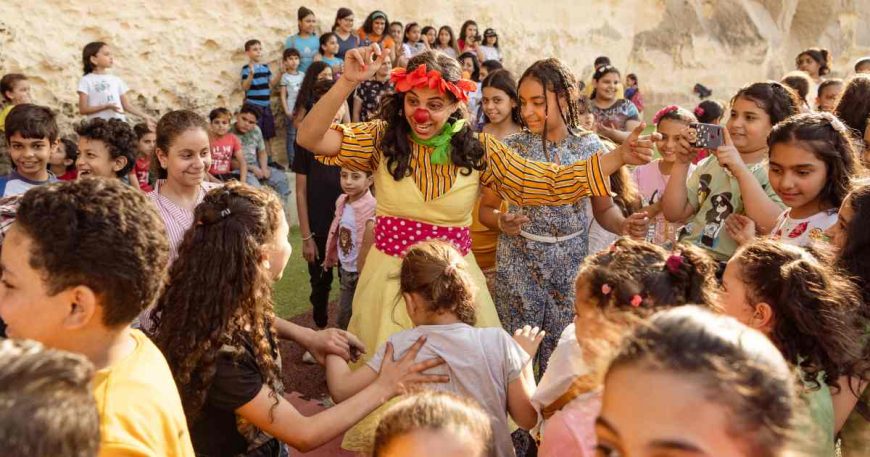
3. Street Children (Girls) Begin to Dream of the Stage
In Cairo, many children live on the streets, either alone or with their families.
These children face a lot of challenges, such as violence, exploitation, and abuse. They also lack access to necessities like food, shelter, and healthcare.
It’s hard for these children to break out of poverty because they miss out on education and other opportunities.
Our team performed for street girls connected with the organization Samusocial International Egypt, whose organizational values are dignity, solidarity, and citizenship.
Girls told us, “I want to be like you!” and asked, “How can we be in a theater troupe like you?”
They showed us all of their tricks, flipping who was the audience and who was the performer.

4. “I Am Very Happy!” The Hope and Resilience of Displaced Sudanese
Sudanese migrants in Egypt face many challenges, including:
- Difficulty getting work permits
- Living in overcrowded and unsafe settlements that lack clean water and healthcare
- Discrimination based on race and nationality
Despite experiencing violence and police brutality, families of Sudanese migrants are surviving and are determined to persevere.
About two to five million Sudanese live in Egypt, including over 52,000 registered Sudanese refugees and asylum seekers.
One young boy at the Center for Sudanese Migrants said, “I’ve never had this joy before. I am very happy!”

5. Bringing Laughter to Cairo’s Streets: Inclusive Performances for All
Given the melange of displacement and poverty in Cairo, we also performed several street shows, with the goal of reaching anyone who wanted to enjoy some levity.
We included host communities (as we did in Ecuador) to prove a safe place for immigrants and non-immigrants to come together.
The More, the Merrier!
Unlike aid organizations that provide vital food, shelter, or 1:1 medical care, CWB’s offerings get better and better as more people arrive.
How’s that? The more people there are, the more potential there is for laughter!
“My baby didn’t sleep or run away. She watched the whole time because the show was so engaging.”
– Mother of a toddler at a street show.

Conclusion
The CWB tour in Cairo expanded our definition of displaced and we’re feeling good about it.
The May 2022 tour featured 16 shows and 2 workshops. CWB’s amazing artists were: Robin Lara (USA), David Lichtenstein (USA), Hannah Gaff (USA), Reham Ramzy (Egypt), Michael Hanna (Egypt), Jaklin Shwaky (Egypt), and Mohamed Tarek Abou Heneidy (Egypt).
A big shout out and thank you to our non-performing team members Zach Doleac (Photography) and Mostafa Wafi (Logistics).
Want to see more images from the tour? Check out the video below!



